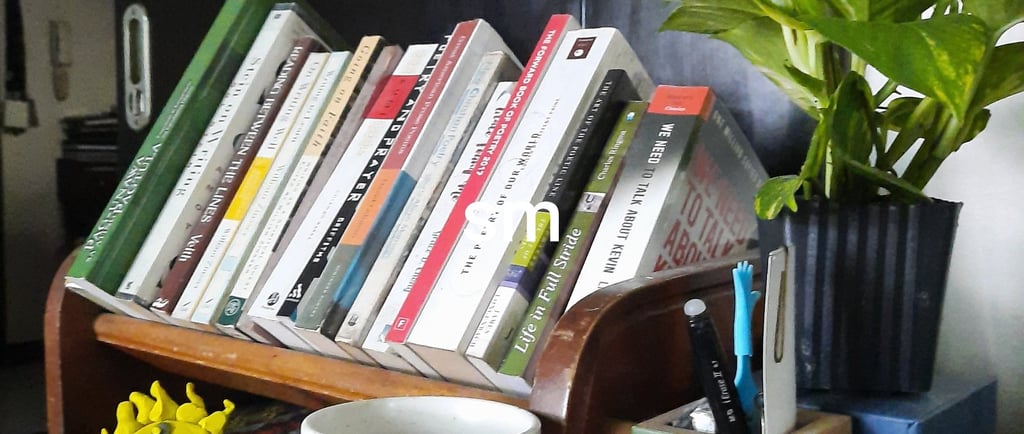First Reading, Editing, or Publication
WORKSHOPEDITING AT WORDHOUSE


Submitting your final draft for first reading, editing, or publication demands some ego strength to bring your work to the public eye. This is the moment where all the hard work, collaboration, and revisions must come together to enact a polished and professional piece of writing.
Responses to your submission can vary. You might receive an acceptance, a request for revisions, or a rejection. If you receive a request for revisions, take it as a positive sign. It means the editor or publisher sees potential in your work and wants to help make it better. Or you can try submitting it to another publisher. Publishing houses have a 'wish list' of books to publish. Your ideas might get a first reading if they fall under their list.
First Reading, How Most Editors Read
As the editor does a first reading of your final draft, they may ask questions related to novelty - how new or unique is a subject matter's treatment. Sales matters in publishing so you will always be asked about the competition - what books are available in the market about the same subject. Finally, once accepted, your manuscript will be checked for its readability - how your language matches a target demographic. As manuscript development proceeds, working on your pages means checking this long form for reading sustainability, which is targeting its pacing, relevance, and other interest markers.
Editing for Clues on Novelty and Uniqueness
In searching for novelty, an editor wants to establish that a creative work offers a marked difference from other narratives of the same subject. Authors achieve these in the vulnerable unveiling of personal experiences and situations. Before setting opinions, judgments, or conclusions, the writing must resonate with this editor-first-reader on an emotional level. Entertainment does mean feeling joyful after reading, but cognitive emotions such as fear, awe, wonder, perplexity, sadness, calmness, or chaos are novel encounters. Your tone and language enact these emotions in a telling that will figure markedly in an editor's yes vote.
Recognizing the Competition in Publishing Your Work
A publishing reality - without readers, your paged ideas won't resonate, however creatively written. The publisher always asks this question: what other books in the market are about this subject matter? By books in the market, this means the ones getting the reader's attention. Local bookstores may feature them prominently as bestsellers. Or they are available at low cost as e-books and popular by print on demand as well. In other words, when publishers ask this question, they are asking whether publishing your pages will yield sales and profits. They are counting the risk of publishing your work by ensuring that you have also mapped the territory for what makes similar books sell.
Editing a Final Draft for Readability
The editors' work can be classified into three major categories - acquisition, manuscript development (copy and line editing included), and packaging and promotion. When your draft is acquired probably on the strength of its novelty and viability in competition, editing for readability follows. This task under manuscript development is a thoughtful and careful checking of your language to match that of your readers. Checking its accessibility means that your publisher desires the largest number of target readers to find your work easy to read. Publishers may also have imprints that will allow them to place your draft within a demographic in a brand under their wing.
Pacing, Relevance, and Other Interest Markers
Readers read for entertainment and enlightenment. When they buy a book, they have expectations. In the packaging and distribution of the published material, several things are considered to catch the reader's attention. The blurb must immediately endorse the content, or invite the interested to flip through the pages. Titles must be intriguing or catch the attention of the reader who is scanning the e-book thumbnails or bookshelves. Even spine designs matter in catching the interest of the readers.
But once inside the book pages, the reader must remain glued and interested from the first to the last page. Most authors keep the reader's attention on the pages through engaging pacing and well-crafted structures. Most readers read to the end because every page is relevant to their needs. Other interest markers include the author's thoughtful manipulation of the tone and the mood that creates a soulful atmosphere.
Submission of the Final Draft
Submitting your final draft is a significant step in your writing journey. Managing your expectations can make the process joyful and exciting. Stay patient, relax during the collaboration, and always make sure to follow up if your publisher somehow keeps you waiting. Have a blessed day of writing!

